Benjamin H. Trask
A Teacher's Lesson Plan
From the late 1800s to the beginning of World War I, the United States experienced its greatest surge in immigration. In 1907, more than a million newcomers passed through the Ellis Island processing center. Simultaneously, immigrants also came from Europe, Latin America, Asia, and the Caribbean. This frantic swell in diverse people through the New York harbor and other ports overlapped with the so-called “Golden Age” of postcards. That given, as a middle school teacher, I provide students the opportunity to handle vintage postcards and tackle a related assignment that requires them to apply their recently acquired knowledge of the immigration experience. This lesson focuses on the millions of new arrivals from eastern and southeastern Europe.
Start the lesson by asking students: In 1910, how much did the average adult, male earn a day (the answer is roughly two to three dollars)? Then ask, about the cost of getting a message to Europe. The answer is three cents; a penny for the postcard and two cents for the stamp. Many students conclude that international mail was expensive. By explaining the wages and costs in sending postcards, students can see the possibility that immigrants might send mail to communicate with family members. The option of a transatlantic telegraph was too costly. Teachers can also compare sending a postcard to tweeting or text messaging.
Some students will not understand the “mechanics” of how postcards and letters operate. At first, students want to address the cards to themselves or add a return address. So make sure they grasp how correspondence functions. Collectors will note that cards within the date range of 1900 to 1914, were not all divided back postcards. I take liberties with the dates for the purpose of this assignment. The dates and geographic locations can be adjusted depending on the instructor’s preferences.
The Assignment and Rubric (Give a copy of this assignment and rubric to each student)
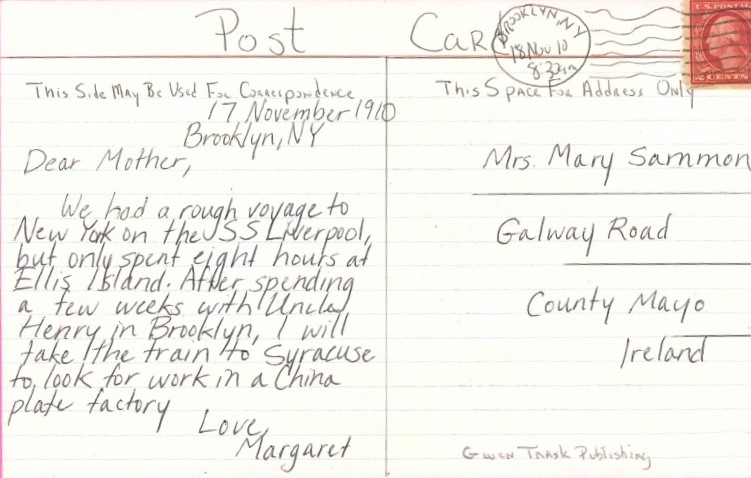
Immigrant Postcard Assignment: Write a two-paragraph note on the lined-side of an index card (white, lined on one side, 5”x8”) pretending that it is a postcard. No questions or “small talk” to take up space. You are an immigrant from eastern or southeastern Europe that is living in a northeastern American city between 1900 and 1914 and have much news to share. You have been in the United States about a week. On the plain side of the postcard draw (no clip art) an illustration that shows your journey, new home, neighborhood or workplace. The postcard needs to be detailed, realistic, colorful, and show an urban environment. Stick figures are fine.
Important: On the right-hand side, address the postcard to a family member back home in southern or southeastern Europe. Students often need help with the arrangement of addresses.
Rubric: Students will be graded on the following components each worth ten points: correct date, rich in detail; full color drawing; relevant drawing; spelling and/or grammar errors; message full length: correct location; correct mailing address; neatness and realistic information.
Provide the students with a map of Europe. Maps of the continent just before the outbreak of the world war works fine. Students need to find a country in eastern or southeastern Europe and then locate cities in the country. An example would be Serbian cities of Belgrade, Bor and Kraljevo. Students makeup a family name and street address. This map can also be used to show how former and future countries, such as Poland, were once part of the German and Russian empires.
Visual Examples: as many as time allows.
Relevant postcards, such as the examples below, can be scanned and displayed on a white board as part of the visual introduction.
While Ellis Island is the best known inspection station in America it was not the only one. The facility on Angel Island in San Francisco Bay screened arrivals from Mexico and Asia. In addition, immigrants did not only come to the United States. Opportunities in other countries also lured immigrants to their respective shores.
This is an example of a card executed by my daughter. Obviously, the drawing is based on the seasick pair in the gray postcard; another unpleasant facet of the immigrant experience. The card intentionally does not include a country in eastern Europe. Part of the assignment is teaching map orientation and understanding the shift in migration patterns..
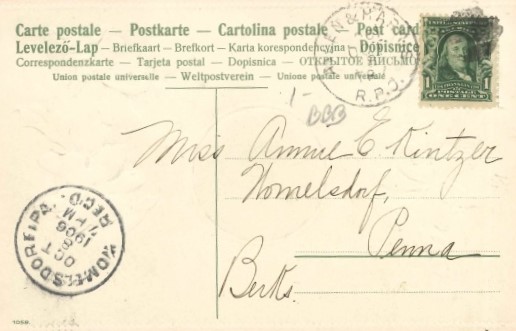
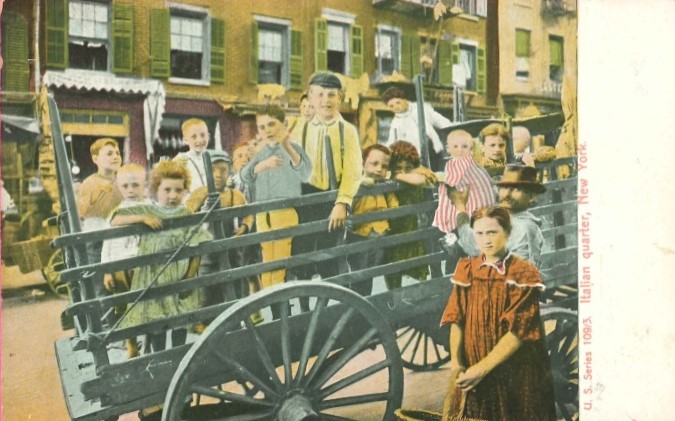
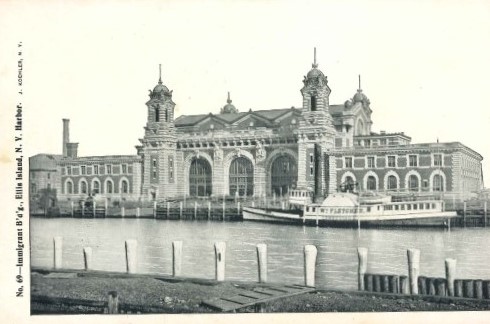
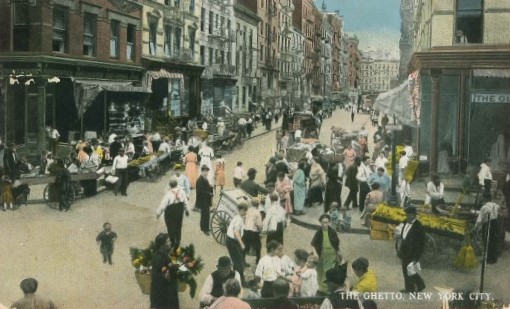

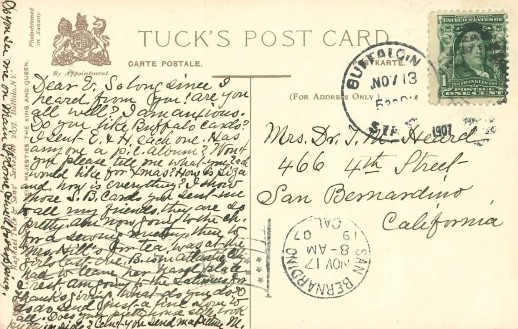



A great idea to show students how people communicated before the digital Instant Message age, with a short note on a postcard.
I hope several teachers are inspired by this article.
bad